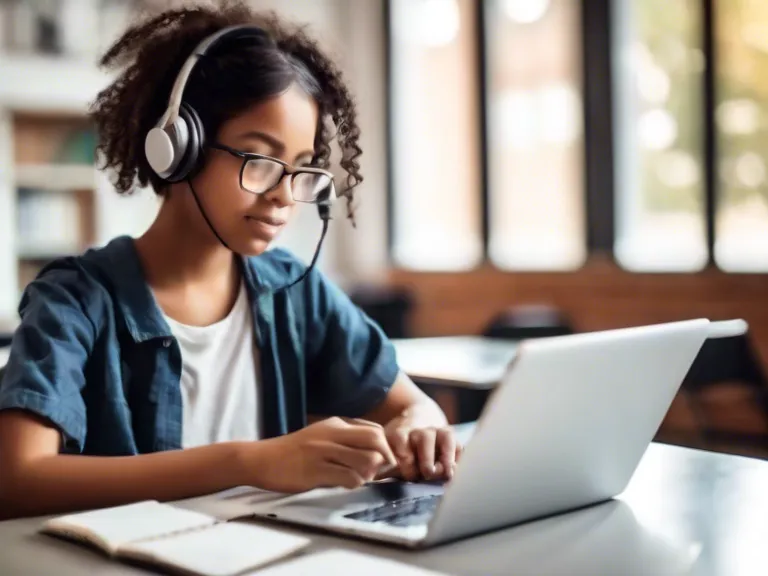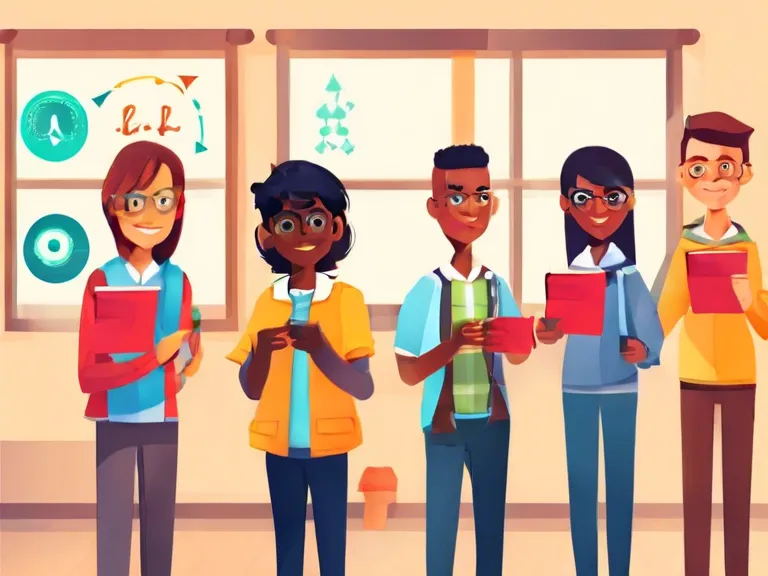
The Shift to Online Learning: Challenges and Innovations
The education sector has experienced a significant shift towards online learning in recent years. This transition, while offering numerous benefits, also poses certain challenges that must be addressed. From technological issues to maintaining student engagement, educators are continuously innovating to enhance the online learning experience.
One of the main challenges faced by instructors is ensuring that students have access to reliable internet connection and suitable devices for online learning. This digital divide can hinder students' ability to fully participate in virtual classrooms. In response, schools and institutions are exploring ways to provide equitable access to technology for all students, such as loaning out devices or setting up Wi-Fi hotspots in underserved communities.
Another obstacle in online learning is maintaining student engagement and motivation. Without face-to-face interaction, students may struggle to stay focused and feel isolated. To tackle this challenge, educators are incorporating interactive tools, collaborative projects, and virtual office hours to keep students engaged and connected.
Moreover, the shift to online learning has also led to concerns about academic integrity. With the increased use of online assessments, educators must find ways to prevent cheating and ensure the validity of students' work. Innovative solutions like proctoring software and AI-powered plagiarism detectors are being implemented to address these issues.
Despite the challenges, online learning has also brought about several innovations in education. Virtual reality simulations, gamified learning platforms, and personalized learning programs are revolutionizing the way students learn and engage with course material. These technologies not only make learning more interactive and engaging but also cater to diverse learning styles.
As the education sector continues to evolve, educators must adapt to the changing landscape of online learning. By addressing challenges and embracing innovations, we can create a more accessible, engaging, and effective learning environment for students of all backgrounds.



